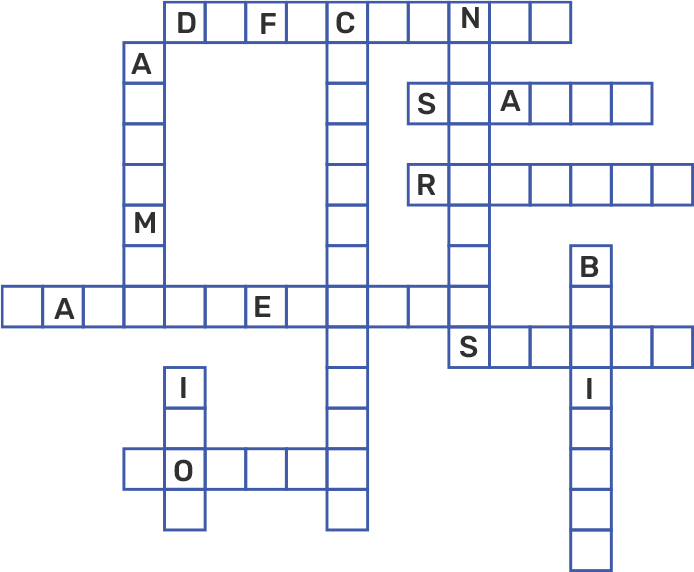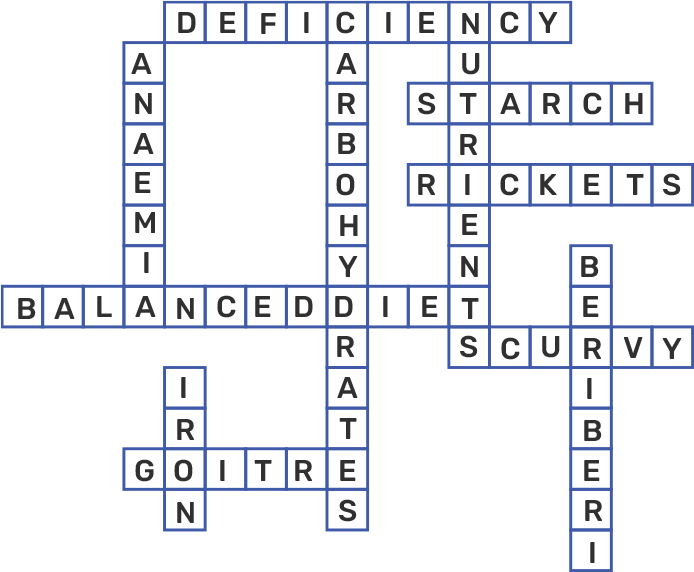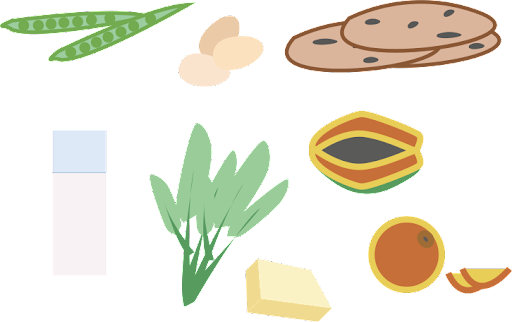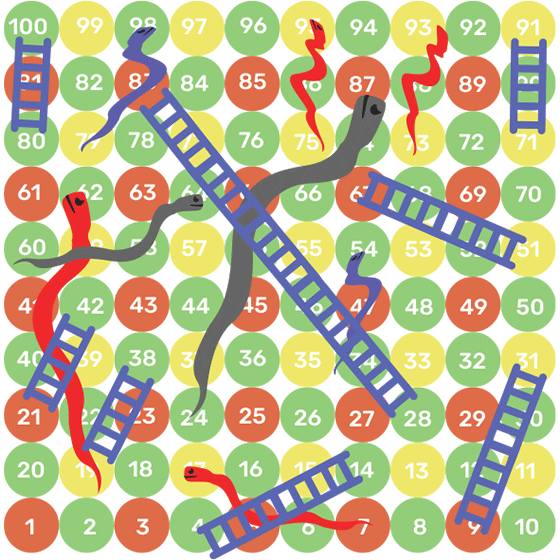Class 6 Science NCERT Exemplar Solutions Chapter 2 Components of Food
FAQs on NCERT Exemplar for Class 6 Science Solutions Chapter 2 Components of Food
1. What do the students learn from NCERT Exemplar Class 6 Science for Chapter 2 Components of Food?
The students can find a deeper look into their syllabus from the NCERT Exemplar Class 6 Science for Chapter 2 Components of Food. It works great for their preparation for exams. The study material is a good practice for the Class 6 students who want to be thorough with their studies. They also get a good idea of how the questions can appear in their main exams. With the help of these, the students can be sure of having complete knowledge of the particular chapter.
2. How can the students prepare for their exams with NCERT Exemplar for Class 6 Science?
Students of Class 6 have so many options that can help them in excelling in their exams. One such option is preparing from NCERT Exemplar for Science which comes in a chapter-wise format. This can be a great tool for the students to have a thorough preparation for their exams by covering all the chapters one by one. They can first learn the whole chapter and then try to solve the Exemplar on their own to figure out their strengths and weaknesses.
3. Are there any long-answer type questions in the NCERT Science Exemplar for Class 6 Chapter 2 - Components of Food?
Yes, the students of Class 6 can surely find long-answer type questions in the NCERT Science Exemplar for Chapter 2 - Components of Food. These make for good practice for the students to ensure that they can write their best answers to long answer type questions. These are the most troublesome for some of the students, and hence a good practice with the help of the Exemplar may turn out to be good for them to score well.
4. Where can the students find answers to the questions in NCERT Science Exemplar for Class 6 Chapter 2 - Components of Food?
The NCERT Science Exemplar for Class 6 Chapter 2 - Components of Food is good practice for the students to stay prepared for their exams. However, sometimes there might be questions which they are confused about. Hence, to get rid of such doubts, Vedantu is offering the NCERT Science Exemplar for Class 6 Chapter 2 - Components of Food along with the solutions for free which can help to its best capabilities in getting the students ready for their exams or any of the tests.
5. What types of questions can be found in the NCERT Science Exemplar for Class 6 Chapter 2 - Components of Food?
To give their exams and pass with flying colours, the students need to know the question patterns. The questions found in the NCERT Science Exemplar for Class 6 Chapter 2 - Components of Food are available in almost all the possible patterns that the students can find in their main exams as well. These are better as practice for them before their exams to know which areas they need to focus on more and which they excel in.
Recently Updated Pages
NCERT Exemplar for Class 12 Biology Chapter 16 - Environmental Issues (Book Solutions)

NCERT Exemplar for Class 12 Physics Chapter 15 - Communication Systems (Book Solutions)

NCERT Exemplar for Class 12 Chemistry Chapter 5 - Surface Chemistry (Book Solutions)

NCERT Exemplar for Class 12 Biology Chapter 9 - Strategies for Enhancement in Food Production (Book Solutions)

NCERT Exemplar for Class 12 Physics Chapter 5 - Magnetism And Matter (Book Solutions)

NCERT Exemplar for Class 12 Physics Chapter 8 - Electromagnetic Waves (Book Solutions)

Trending pages
Textbooks Solutions for CBSE and ICSE Board of Class 1 to Class 12

NCERT Exemplar Class 10 Science (Book Solutions)

NCERT Exemplar Problems with Solutions - Free PDF Download

NCERT Exemplar for Class 9 Science

NCERT Class 10 Maths Book Solutions For Conceptual Development

Class 9 Math NCERT Exemplar Chapter wise Solutions - Free PDF Download

Other Pages
Free Height Converter Calculator (Feet, Inches & Cm)

Million to Rupees Calculator: Convert Million Values to Indian Rupees

1 Billion in Rupees: Explained with Examples & Conversion

Month Names for Students: Meanings and Easy Practice

What is the Full Form of AM and PM?

Explore the Newest English Words and Their Meanings











